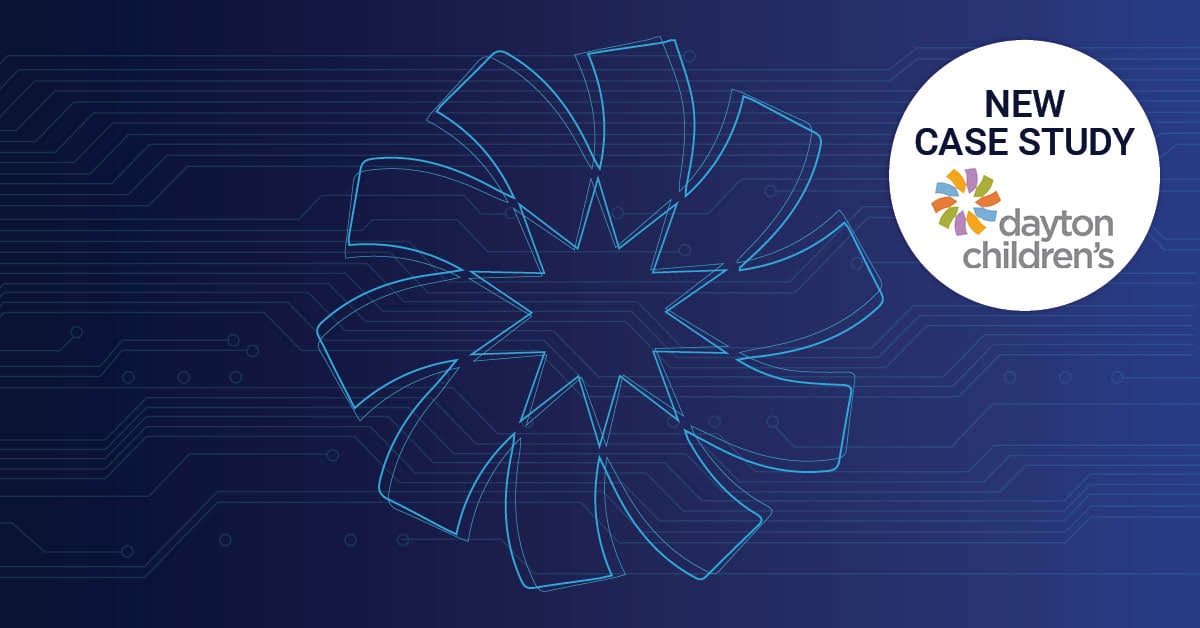iAbout Dayton Children’s Hospital
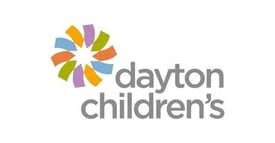 One of only 31 independent freestanding children’s hospitals in the country, Dayton Children’s Hospital is the region’s only medical facility dedicated to children and committed to the relentless pursuit of optimal health for every child within its reach. Magnet-designated and recognized as a top hospital by U.S. News & World Report Best Children’s Hospitals in orthopedics, Dayton Children’s has nearly 500,000 patient visits each year.
One of only 31 independent freestanding children’s hospitals in the country, Dayton Children’s Hospital is the region’s only medical facility dedicated to children and committed to the relentless pursuit of optimal health for every child within its reach. Magnet-designated and recognized as a top hospital by U.S. News & World Report Best Children’s Hospitals in orthopedics, Dayton Children’s has nearly 500,000 patient visits each year.
Consistently recognized as one of the country’s best and most cost-effective pediatric hospitals, Dayton Children’s is home to the Wright State University Boonshoft School of Medicine, Department of Pediatrics and together with the United States Air Force shares the nation’s only civilian-military integrated pediatric training program.
Dayton Children’s Hospital uses Paessler
PRTG Enterprise Monitor
PRTG Enterprise Monitor is used to:
- Monitor top tier patient-impacting applications and infrastructure uptime to keep systems running so providers can focus on caring for patients, not technology issues.
- Create better health care services by ensuring quality and timely data through guaranteeing Sectra uptime and proper data transmission from devices to the practitioner.
- Monitor data center temperature to improve server performance and lifespan.
- Monitor mean time in between failure to increase SLA levels.
- Scan subnetworks for unauthorized devices from a security and planning perspective
- Reduce the number of potential cyber attacks by using proactive alerts to patch software before it becomes vulnerable.
Background
When Colin Metzler joined the network admin team at Dayton Children’s Hospital, his number one goal was to reduce the number of help desk calls, especially after hours, from clinicians and staff who were experiencing technical issues. The monitoring system they had in place at the time made it difficult to troubleshoot the source of a problem and the team encountered many roadblocks with its product limitations. With a staff of more than 4,000 employees across 20 locations who collectively use more than 22,000 IoT devices, his team was constantly challenged to keep up.
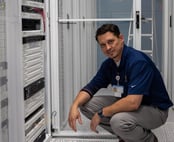
“PRTG gives a birds-eye view of your network to troubleshoot problems or look at systems in their entirety that other solutions cannot – and I have looked at all of them.”
The challenge
Prior to joining Dayton Children’s Hospital, Metzler utilized Paessler’s PRTG Network Monitor while working for a defense contractor to have a clear overview of critical systems, so he knew it could do the job required. In regulatory environments like health care where uptime SLAs are critical, there is no room for error. “The network and data center are there to support the optimal care environment. We need to keep the connection strong and stable to allow the clinicians and staff to do their jobs,” said Metzler.
One of the biggest differences between health care and other vertical markets is structured tiers of systems and the sheer breadth of health care IT, where more than 400 different applications can be used, and data sprawl is a challenge.
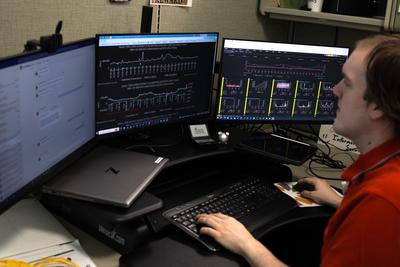
The solution
When presenting their plan to use PRTG Enterprise Monitor with IT OpsBoard as their solution of choice to the quality assurance team, “The main question asked was about how monitoring improves patient outcomes,” said Metzler. “PRTG keeps IT issues out of the way so doctors can focus on taking care of our patients. There is a direct correlation between system uptime and patient care.”
With exceptional patient care and quality assurance at the forefront, they prioritized the systems that support clinicians as they interface with patients first. That focus, coupled with the scale of the hospital’s operations across 20 locations, drove the decision the team made to implement PRTG Enterprise Monitor using 21,000 sensors and eight remote probes.
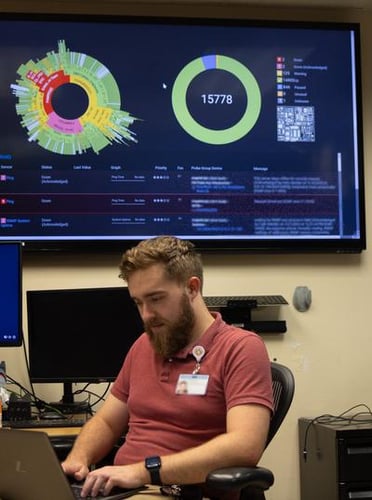
With PRTG, they can compare, contrast and collate information easily to see trends and identify abnormal spikes and exceptions before they become problems, which has helped reduce the number of after-hours calls from clinicians. Prior to implementing PRTG, they could not prevent failures and downtime to the level they can now. The advanced analytics and business-services-based SLA modeling and monitoring across multiple servers has made all the difference. “You can’t report on what you don’t monitor, and that’s what PRTG really does,” said Metzler.
Every morning when the technology team meets, they review reporting from PRTG, which enables them to identify percolating issues that may need attention. By doing so, they also hold each other accountable and identify any cross teamwork needed while keeping an eye on all the hospital’s systems. Metzler even created a unique sensor that monitors release notes pages so software patches are updated immediately, which helps reduce vulnerabilities and protects against potential cyberattacks.
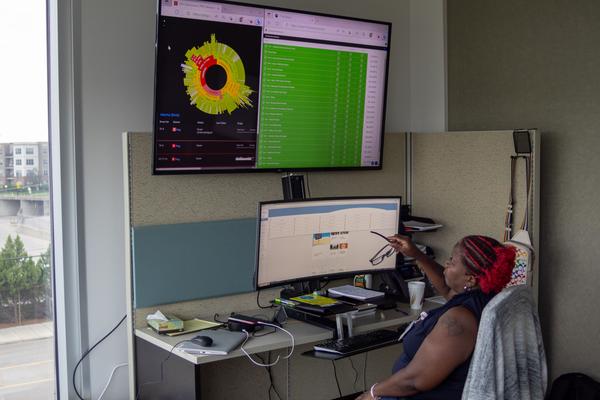 Every morning when the technology team meets, they review reporting from PRTG
Every morning when the technology team meets, they review reporting from PRTG
After more than a year of using PRTG, Dayton Children’s CTO Bill Sorrells said that they have significantly improved mean time between failure across more than 20 tier 1 and tier 0 systems to 99.99% uptime, with an average of only 2.4 minutes of unscheduled downtime.

“Since starting this exercise, we have matured how we report out overall application uptime, maintenance, and mean time between failure for all critical applications to our board of directors. PRTG allows us to not just look at a single event, but to leverage historical data to prevent future failures and to measure how we are making improvements over time.”

“At the executive level, the best things we can measure are what affects quality assurance, both clinically and the technology that supports it. We want the capability to measure not only how the PACs server is behaving, but how the individual application services are behaving.”
For example, EHR, PACS, clinical communication systems, and telemetry systems are monitored both for the purposes of identifying small problems to amend them, and for reporting results. “We want the capability to measure not only how the PACs server is behaving, but how the individual application services are behaving,” said Whitlock.
“When your network is running at 90% or more efficiency, your team is not strained putting out fires. This allows them the time to innovate,” said Metzler. “PRTG gives a birds-eye view of your network to troubleshoot problems or look at systems in their entirety that other solutions cannot-- and I have looked at all of them.”
Check out some other case studies
You can find more customer success stories linked here, with a PDF download available for each case study.
 Published by
Published by 